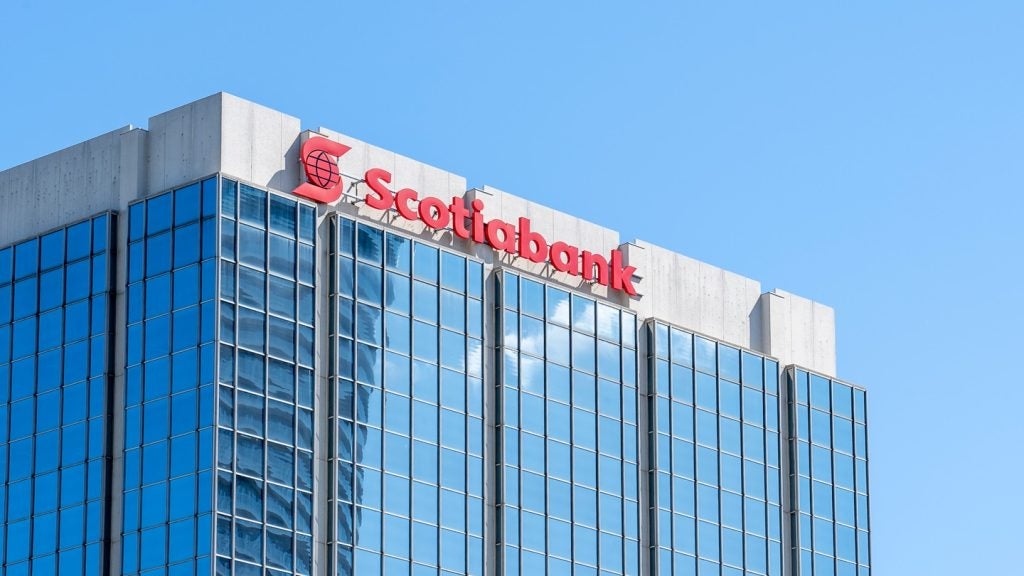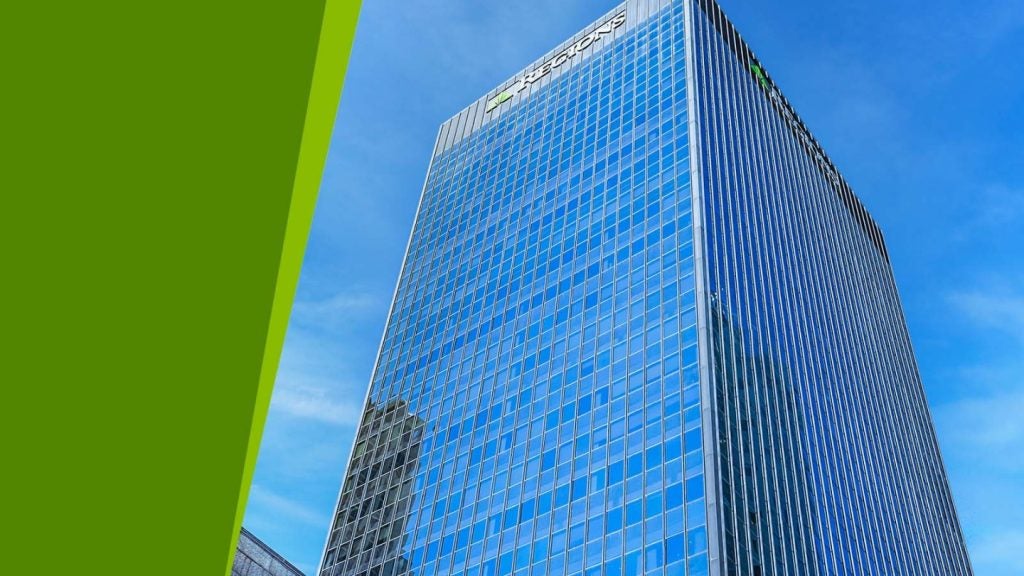Retail banking markets in the US, Brazil, Italy, the
Netherlands, India, Pakistan, Taiwan and across Asia-Pacific will
all be rejigged following the successful – albeit slow and troubled
– €71.1 billion ($103 billion) acquisition of ABN AMRO by the Royal
Bank of Scotland-Santander-Fortis consortium in what is by far the
world’s largest banking acquisition to date. The consortium has
declared victory after investors representing 86 percent of ABN
AMRO’s shares accepted the group’s offer.
Barclays is due to receive a €200 million break-up fee from ABN
AMRO – which it says will cover all costs related to its rival bid
– and has announced plans to spend £1.55 billion ($3.1 billion)
buying back its shares by the end of 2007. According to Barclays,
the objective of the buyback programme is to “immunise” the
dilutive effect of the issuance of shares to China Development Bank
and Temasek on existing shareholders.
Santander is seen by many as benefiting the most from the deal. One
analyst quoted by news agency Reuters said: “The consensus
is for the deal to be 5 or 6 percent accretive from 2009 so it’s
really very positive. [Santander] really got the best deal of the
three.”
By adding ABN AMRO’s Banco Real to its own Banespa subsidiary,
Santander says, it will become the largest non-state bank in Brazil
with the third-largest branch network at 3,972 outlets and a 13.1
percent share of loans (see Santander’s
goal in South America).
In Italy, Santander will get Antonveneta, the country’s
seventh-largest retail bank by branches. The plan here includes
cutting Antonveneta’s 53.6 percent cost-income ratio to nearer
Santander’s 42.2 percent and realising €210 million in cost and
revenue synergies; net profit per branch is targeted to grow from
€400,000 in 2007 to €700,000 by 2010. Santander will also move into
the Dutch retail financial services market, buying Interbank, the
largest consumer finance provider with an 11.8 percent market share
and a €2 billion portfolio, and DMC, the country’s third-largest
financial intermediary.
Many commentators believe Royal Bank of Scotland (RBS), the lead
protagonist of the consortium, has not done as well from the deal,
primarily because it lost the LaSalle franchise when ABN AMRO sold
it to Bank of America (BofA) for $21 billion. BofA, the US’s
largest retail bank, will now expand its presence in Chicago and
the state of Michigan by adding LaSalle’s 1.4 million retail
customers, 400 branches and 1,500 ATMs.
How well do you really know your competitors?
Access the most comprehensive Company Profiles on the market, powered by GlobalData. Save hours of research. Gain competitive edge.

Thank you!
Your download email will arrive shortly
Not ready to buy yet? Download a free sample
We are confident about the unique quality of our Company Profiles. However, we want you to make the most beneficial decision for your business, so we offer a free sample that you can download by submitting the below form
By GlobalData
The prizes for RBS are mainly in institutional banking; in terms of
retail banking, it will pick up ABN AMRO’s mix of banking
operations in a number of diverse, emerging economies: India (27
branches), Romania (20), the United Arab Emirates (17), Pakistan
(12), China (11), Kazakhstan (ten), Indonesia (ten), Taiwan
(eight), Singapore (seven), Malaysia (four), Hong Kong (four) and
an online bank in Spain.
The good news for RBS is that ABN AMRO’s Asia-Pacific business
enjoyed a very strong first half: profit after tax rose 157
percent, helped by its Van Gogh-branded mass affluent service. In
an interview with RBI in September (see RBI 578), Puneet Bahl, ABN AMRO’s head
of consumer finance in Asia-Pacific, said: “Growth rates are
extremely impressive in all markets without exception.”
Fortis will lead retail banking in the Benelux region, becoming the
largest player in Belgium and third in the Netherlands. It will
have more than 10 million retail customers and 2,500 branches
across Europe. Significantly, the Fortis retail brand is being
dropped in favour of the stronger ABN AMRO name.
Ratings agency Fitch said of the overall deal: “Despite the
remarkable strategic fit with the consortium members’ existing
businesses, it is still expected to take up to three years to
complete the carve-up and allocation of ABN AMRO’s assets and
businesses – with the Santander businesses likely to be the easiest
and quickest to transfer.”







